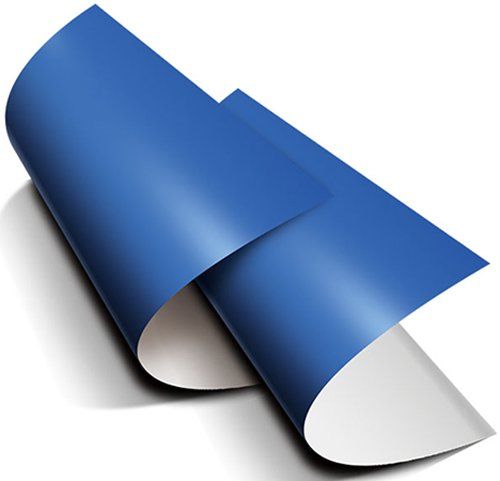
News
CTP (Computer to Plate) printing technology is an important plate-making method in the modern printing industry. CTP plates can be divided into single layer and double layer types based on their structure.

Comparison between single layer and double layer CTP plates:
1. Structural and material differences
- Double Layer CTP Plates:
Typically composed of two functional coating layers, such as a bottom layer with an ink-receptive coating (e.g., copper) and an upper layer with a hydrophilic coating (e.g., chromium or nickel). This structure achieves high printing durability and a clear ink-water balance by physically separating the image and blank areas. Some double layer CTP plates use double-coating technology, such as plates specifically designed for UV inks, where the bottom layer enhances ink adhesion and the upper layer optimizes chemical resistance.
- Single Layer CTP Plates:
Have only one functional coating layer, achieving image and blank separation through changes in chemical or physical properties. For example, polarity-conversion technology plates change the coating polarity (from hydrophilic to oleophilic or vice versa) through exposure, completing the plate-making process without a multi-layer structure.
2. Performance Comparison
- Print Durability
Double layer CTP plates: Significantly higher print durability, exceeding 1 million impressions. Multi-layer metal structures (e.g., copper + chromium/nickel) reduce image wear through physical isolation, suitable for long-run printing (e.g., packaging materials, banknote backgrounds).
Single layer CTP plates: Lower print durability, typically used for short or medium-run printing. However, some technologies (e.g., thermal cross-linking) improve print durability through chemical curing, meeting commercial printing needs.
- Resolution and Dot Count Reproduction:
Double layer CTP plates: Resolution is affected by coating thickness, but high-precision plate-making technologies (e.g., laser engraving) can achieve 1% dot reproduction, with a screen ruling of 175 LPI, meeting high-quality printing requirements.
Single layer CTP plates: More prominent resolution advantage, especially thermal single layer CTP plates. Laser heat transfer performance results in minimal lateral curing differences, allowing for 1% dot reproduction with the same 175 LPI screen ruling, and sharper dot edges.
- Plate Making Efficiency and Cost
Double layer CTP plates: The plate-making process is complex, requiring multiple coatings and precise control, resulting in higher costs. However, double-layer CTP plates specifically designed for UV inks can double the printing durability of ordinary inks, reducing the overall cost of long-run printing.
Single layer CTP plates: The plate-making process is simplified (e.g., pre-treated plates require no development), offering high development tolerance, ease of operation, and lower material costs, making them suitable for the short-run, fast-print market.
- Environmental Protection and Ease of Operation
Double layer CTP plates: Some types (e.g., ablation plates) generate dust due to ablation, requiring additional processing equipment, resulting in poor environmental performance.
Single layer CTP plates: Pre-treated plates eliminate the need for chemical development, reducing wastewater discharge and aligning with green printing trends; they can also be operated in bright environments, improving work efficiency.
3. Application Scenarios Comparison
- Application scenarios for double layer CTP plates
Long run printing: Such as packaging materials and securities printing, requiring high printing durability and stable ink-water balance.
Special ink printing: Double-layer CTP plates specifically designed for UV inks improve adhesion and chemical resistance through coating optimization.
High-precision requirements: Such as anti-counterfeiting printing, which requires clear dot and fine line reproduction.
- Single layer CTP plate application scenarios:
Short-run and fast printing: Commercial printing, newspaper printing, prioritizing plate-making speed and cost-effectiveness.
Environmental requirements: Treatment-free plates reduce chemical pollution, suitable for green printing companies.
High-resolution requirements: Thermal CTP plates single-layer are suitable for high-end commercial color printing, such as brochures and flyers.
The choice between single-layer and double-layer CTP plates mainly depends on printing needs, budget, and desired print quality. Single-layer CTP plates are suitable for small-batch and cost-sensitive projects, while double-layer CTP plates are more suitable for printing jobs that pursue high quality and high efficiency.
PRODUCTS
ONLINE CONSULTATION
If you have any questions, please contact us and we will contact you as soon as possible.
Leave A Message
If you are interested in our products and want to know more details, please leave a message here, we will reply you as soon as we can.

